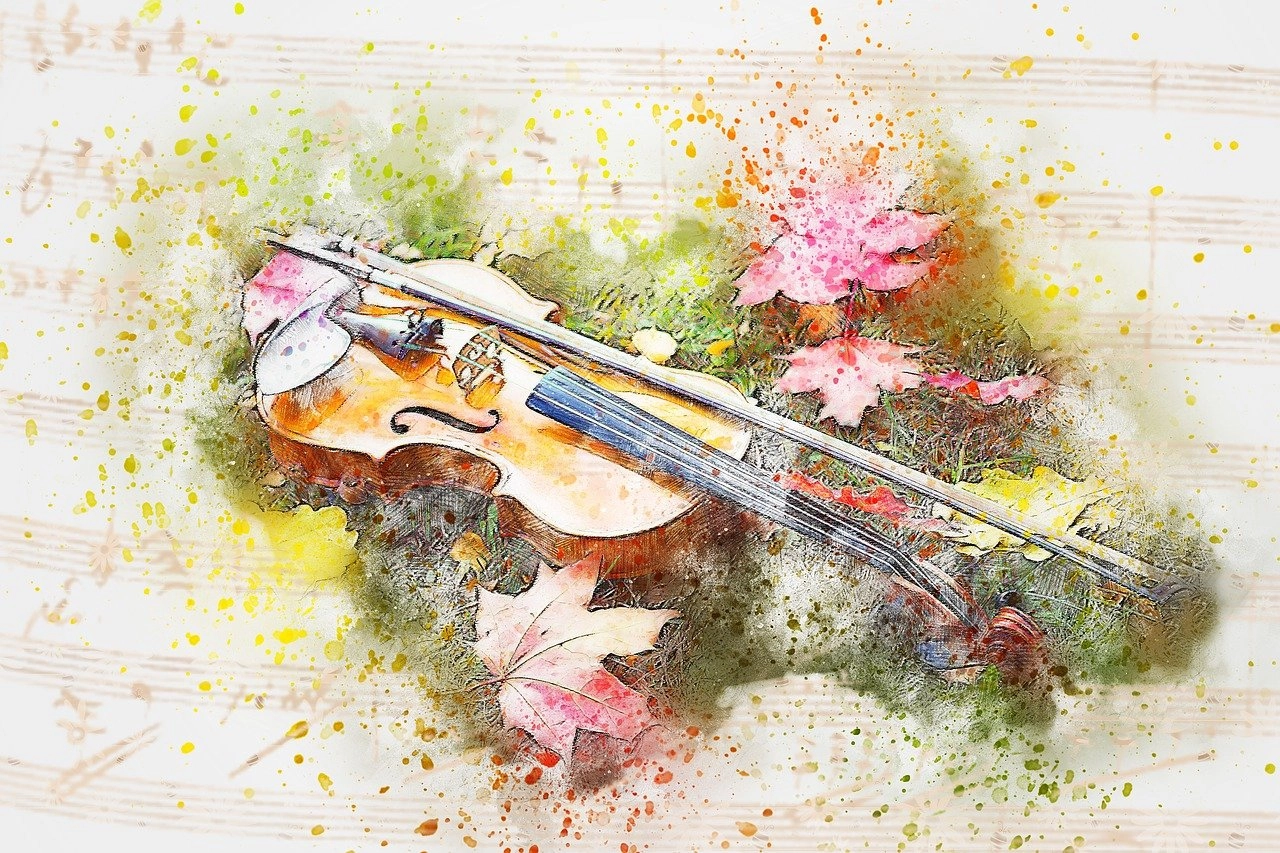Art
Different types of artistic expression, different training establishments, post-bac to bac+5, different diplomas... When you look at this sector, it's easy to get lost.
Here are a few factsheets to give you a clear overview of artistic studies in secondary and higher education.
Art studies
Courses in the arts are taught in a variety of establishments: schools of applied arts to obtain the DNMADE and DSAA and work in the design, fashion or graphic arts sectors in particular, art colleges (also known as "Beaux-Arts") to obtain the DNA (Bac+3) or DNSEP (Bac+5), renowned schools in an artistic speciality (theatre, photography, textiles, cinema, etc.) or university. Anyone interested in studying in this sector can find the course that suits them.
Art at University
Universities offer a wide range of courses, mainly theoretical, providing a solid general education. A parallel artistic practice is compulsory to become a creator. This institution awards degrees from bac+3 (bachelor's degree or professional bachelor's degree) to bac+8 (doctorate). Some are selective. Particular care must be taken when putting together your application.
Classes Préparatoires aux Grandes Écoles (CPGE)
The CPGE gives access to the Écoles Normales Supérieures (ENS) as well as to other courses in the arts. There are two types of CPGE: the CPGE Arts/design to prepare for the entrance exam to ENS Paris-Saclay and the CPGE Lettres option Arts to prepare for ENS Paris Ulm and ENS Lyon. This is the case of the CPGE Lettres option Arts at the Lycée Carnot in Cannes.
The preparatory year for art schools
This year is designed to open the door to different artistic practices. The curriculum combines theoretical, practical and technical teaching. Students are selected for one of these courses on the basis of a study of their academic record, a letter of motivation, a presentation of personal work and an interview.
Drawing up a portfolio to get into art school
A portfolio of your personal creations is required when applying to art schools. Here are a few tips on how to create an interesting portfolio.
Audiovisual training
Numerous audiovisual schools offer training in image and sound or film professions. While public schools recruit from the baccalaureate, public schools (La Fémis, Ecole Nationale Supérieure Louis Lumière, ENSP Arles, INA Sup, CNSMDP, ENSAV) are accessible with a baccalaureate +2. As there are so many applicants everywhere, selection for entry is by competitive examination. If you want to stand out from the crowd, it's best to find out what kind of profile each school is looking for.
